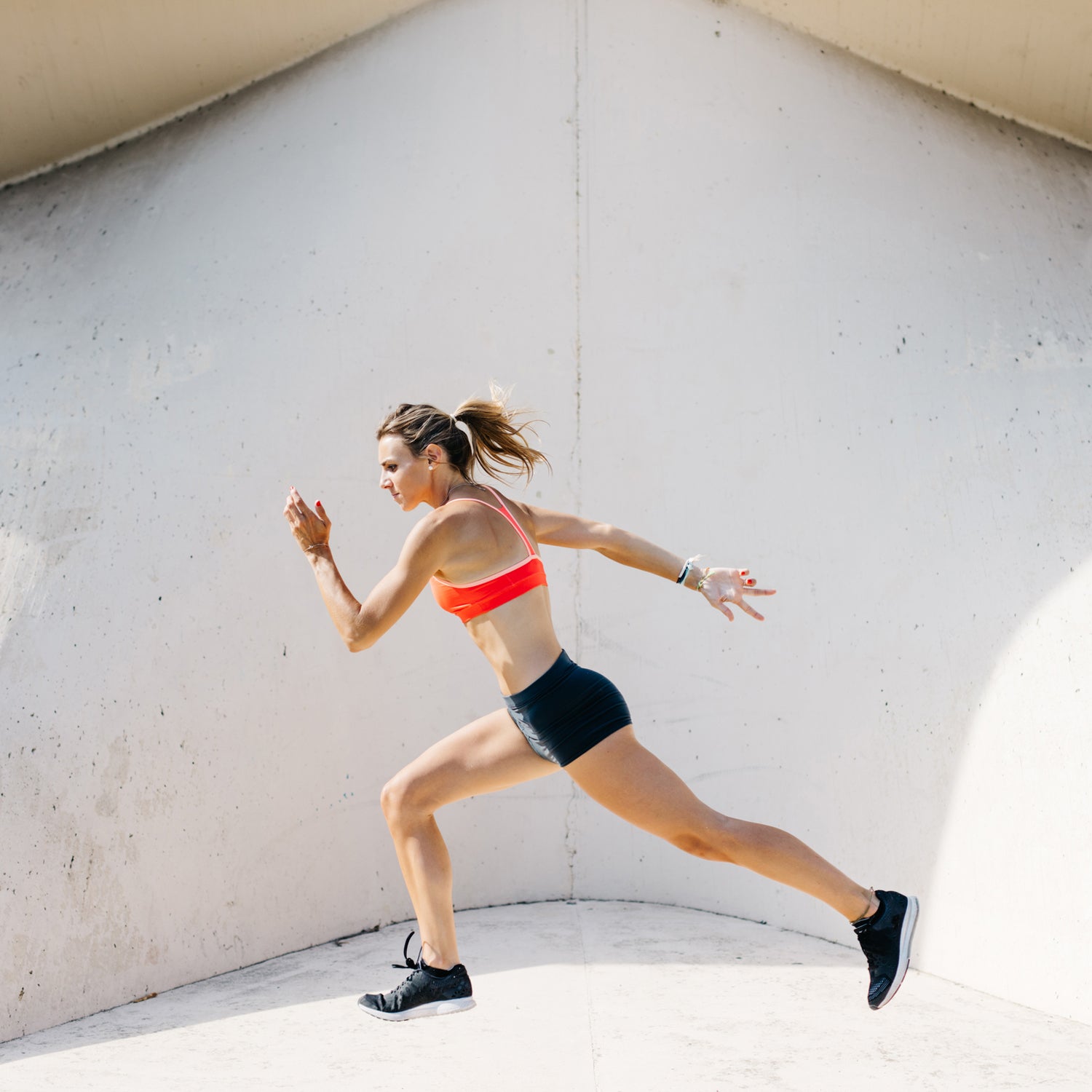Every year, . Most suffer from a handful of common injuries. These are not good odds.
But here’s the good news: You can avoid them. In fact, these injuries are often easier to prevent than to cure. For advice, we turned to , a sports medicine physician in New York City who’s run 35 marathons and finished 14 Ironman triathlons.
Here are the three most common running injuries, according to Metzl, and his advice on how to prevent them.
Shin Splints
This soreness on your tibia can be mild or severe enough to make running impossible. It’s often a new-runner injury, experienced by people whose bodies aren’t used to the impact. But runners—even serious ones—can get when getting back into running after a long break or by running in minimally cushioned shoes too soon. If you ignore the pain and try to run through it, Metzl says it’s possible for shin splints to eventually lead to a stress fracture.
How to Prevent It: If you’re just starting running or getting back into it after time off, “be slow and steady with your ramp-up,” Metzl says. (He also encourages runners never to increase their mileage more than 10 percent per week.) If you start to feel shin splints, “recognize the pain early on, and don’t run through it, which makes it a lot worse,” he says. Also: Increase your calcium and vitamin D intake, and strengthen your hips and core.
Achilles Tendinitis
This pain at the back of the heel is often caused by weak muscles in your posterior chain (calves, hamstrings, and glutes), says Metzl. Inflexibility, especially in the calf muscles, can be another primary cause. The pain can be severe enough to keep you away from running at all.
How to Prevent It: Metzl recommends strengthening the posterior chain with exercises like squats, burpees, lunges, and . And remember to stretch your calves. Metzl also recommends orthotics or running in shoes with more support for those who need it.
Runner’s Knee
Runner’s knee, or patellofemoral pain syndrome, refers to pain under the kneecap. There can be many causes, but according to Metzl, it generally happens “when your muscles above the knee are not strong or flexible enough, while below the knee, your foot is rolling in too much.” This puts pressure around the front of the kneecap, which can twist the patella tendon underneath it. If the pain is manageable, people may try to run through it (although it’s best not to), while others find it debilitating.
How to Prevent It: Runner’s knee is often caused by a combination of muscle tightness and weakness. Metzl recommends foam rolling your quads, hamstrings, and calves to increase flexibility. (Be sure to stretch as well.) Then strengthen your knees, hips, quads, and hamstrings—options include lunge matrices, squats, mountain climbers, and knee raises.


